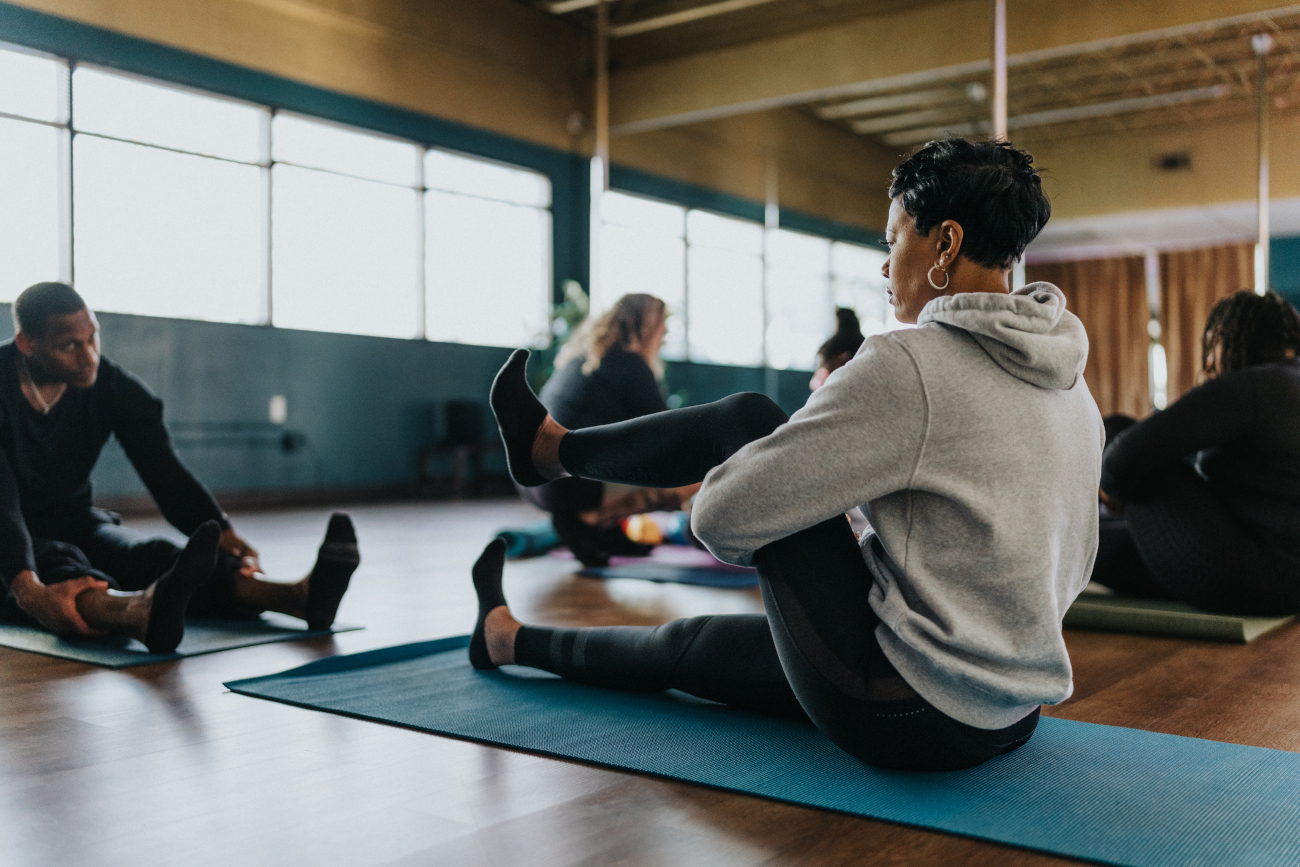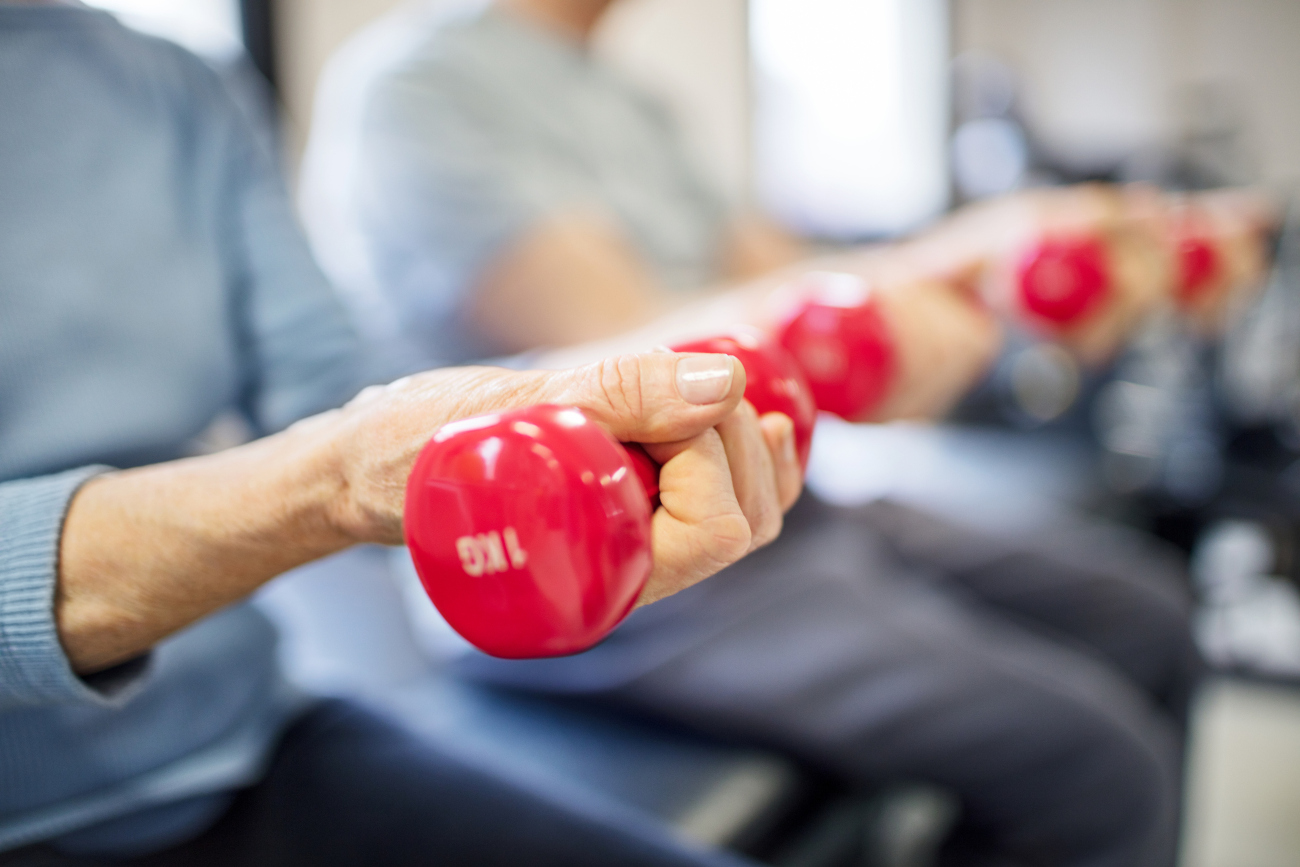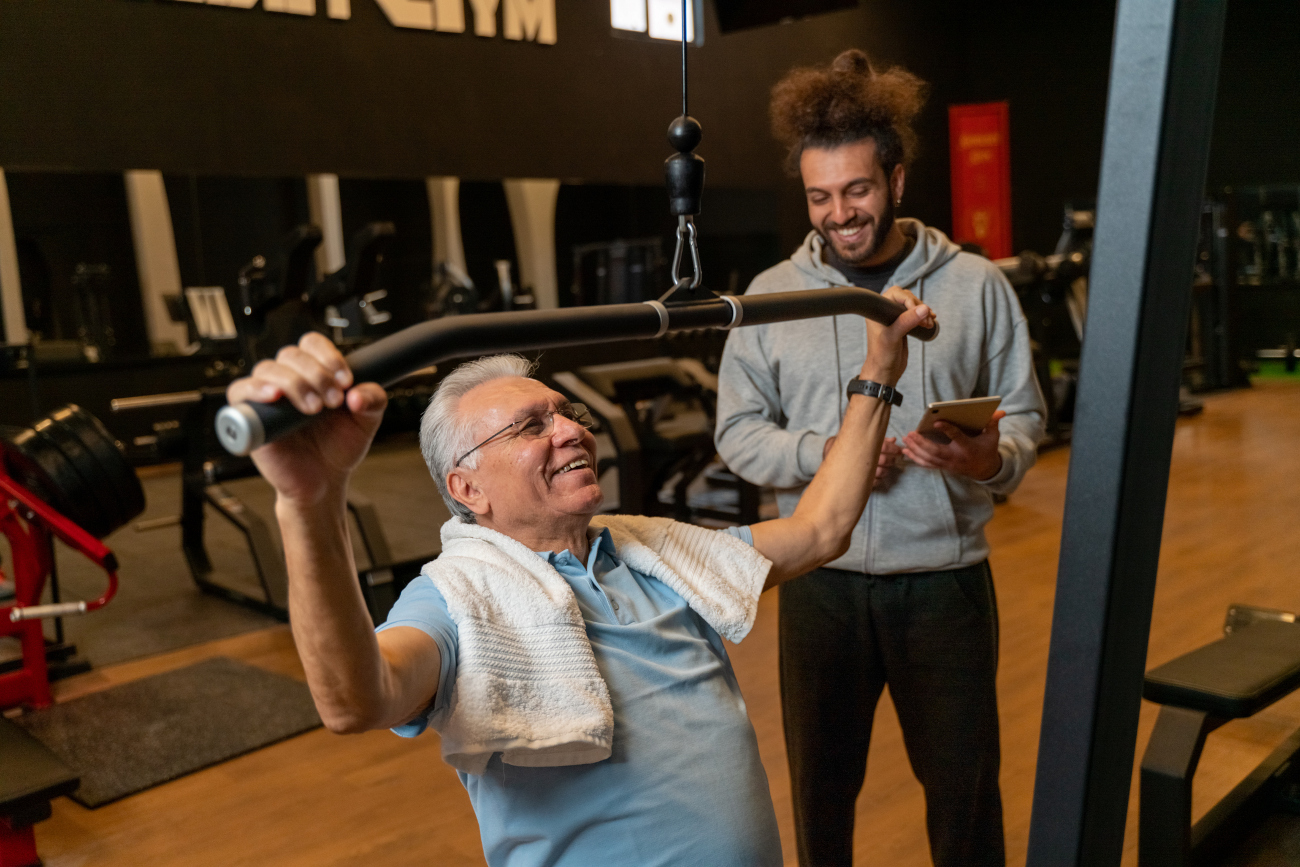Fitness and staying active isn’t a one-size-fits-all solution, especially for people 40 and older. While we may not have the goals we did in our teens, 20s, and 30s, a lot of people are falling for the same mistakes in the gym.
Start With Stretches

Stretches should be a part of people’s gym routines. Most gyms have open spaces to warm up or stretch in. When it comes to stretches, not all stretches are good for pre-workout. Dynamic stretches — stretches that have active movements that send the muscle or body part in a full range of motion — are less intense on muscles and ligaments and get the body ready for movement without pulling muscles.
Curb The Cardio

While this doesn’t apply to everyone, the majority of people 40 or older in the gym, head to the cardio machines. And while walking and light jogging can tremendously help the body in a variety of ways, it doesn’t check off all of the boxes.
In tandem with cardio, people should also try to incorporate resistance training or strength training. While this doesn’t mean you have to be pumping iron, doing certain raises, pulses, abductions, and contractions protects the body as it ages. Strength training is known to prevent muscle loss, which increases, especially after the age of 60. The plus is that it naturally prevents and decreases the natural occurrence of age-related bone loss.
Movements like modified lunges and squats are crucial for people as they help with transitioning and fall prevention. Other movements like bicep and tricep curls alongside wall push-ups can help gradually strengthen the upper body as well.
Seek Advice

Starting different exercises, especially in the gym, can be intimidating, so working with a personal trainer who specializes in people 40 and older can help make understanding a much easier transition to a new workout routine. Communicating with a trainer about previous exercise experience and previous injuries can help you workout without becoming injured.
The Wonders Of A Wind Down

Static stretches are great for lengthening muscles, increasing mobility, and preventing injury. While dynamic stretches get you moving, static stretches are where the real benefits kick in. With your muscles warmed up from your workout, static stretches are great ways to improve posture, reduce pain, prevent workout-related injuries, and reduce stiffness. These stretches have no movement and have you holding a pose for 10 to 60 seconds. Paired with proper breathing, these stretches can enhance the benefits of your workout as well as wind down your body and mind.












